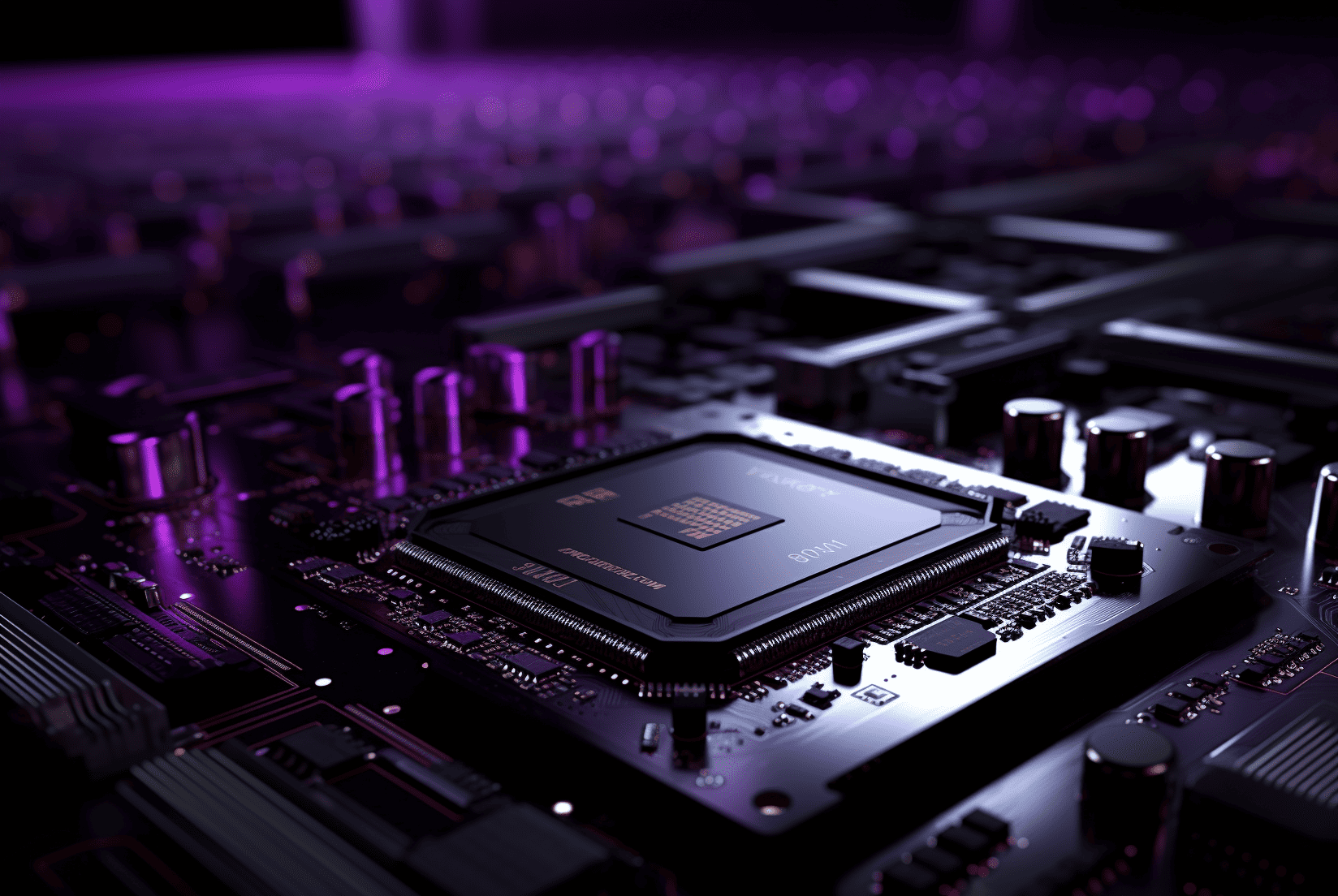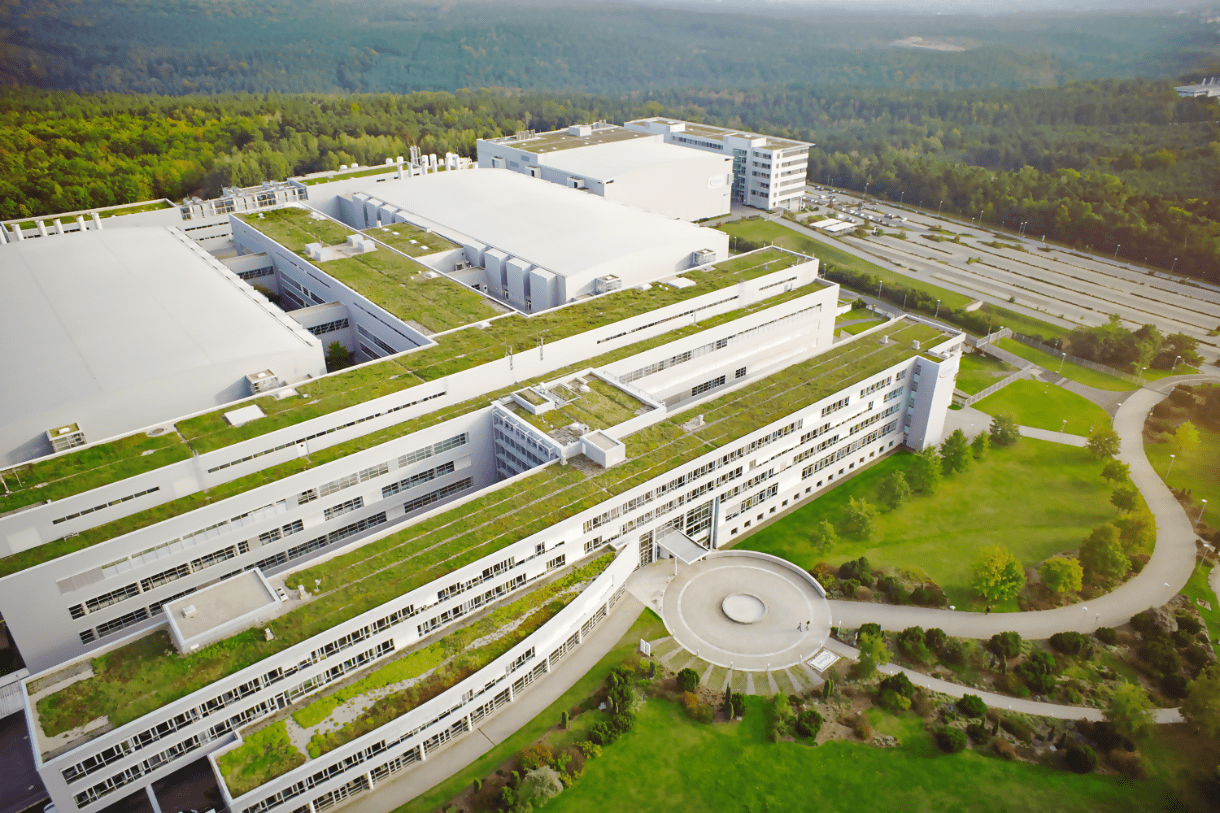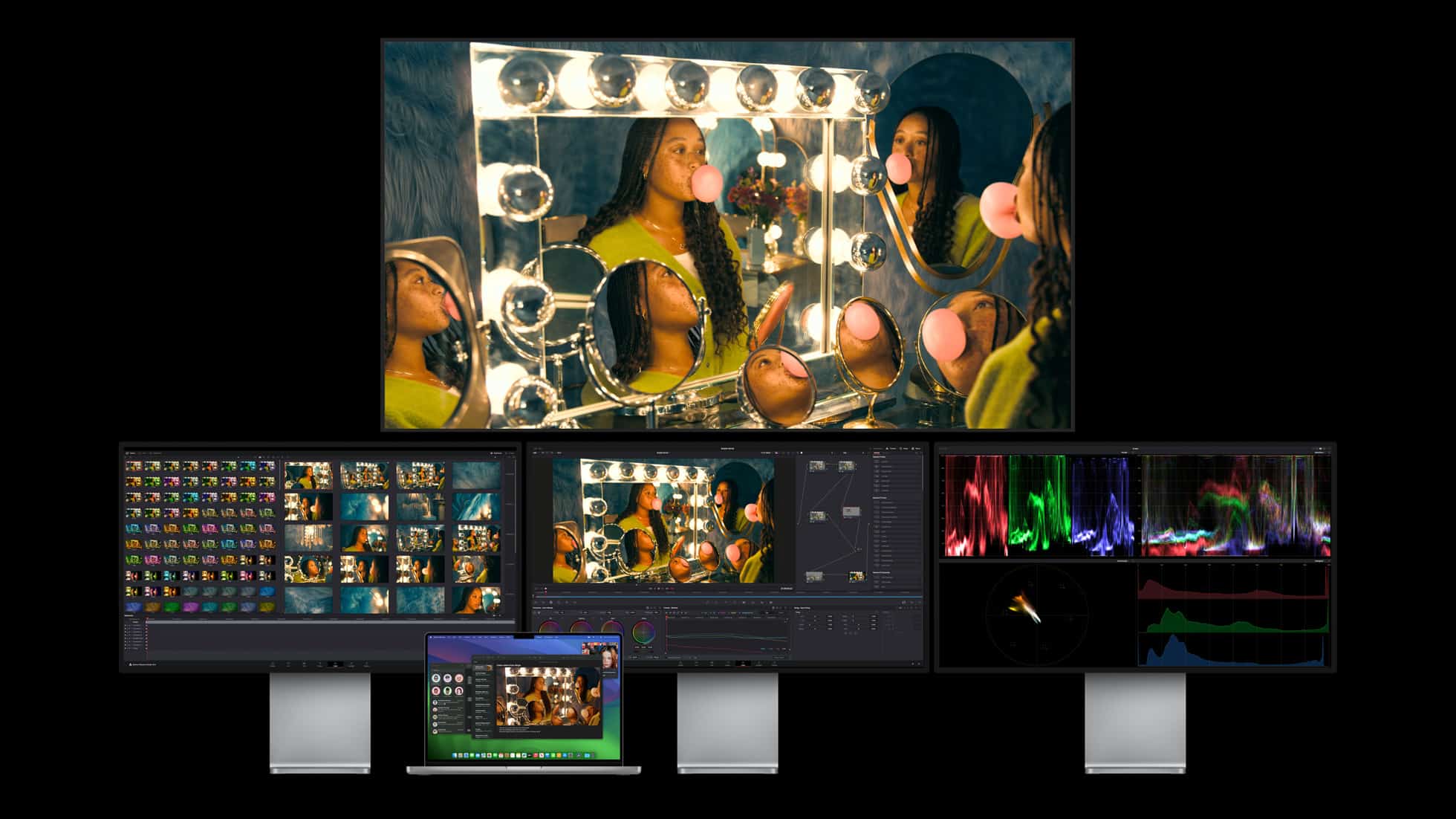
Apple has raised the bar in the realm of personal computing with the unveiling of the M3, M3 Pro, and M3 Max chips. These next-generation chips, the first to utilize innovative 3-nanometer process technology, represent a significant leap in performance and versatility for the Mac. Key improvements include a new GPU architecture with dynamic caching and hardware-accelerated ray tracing and a CPU that is 30% faster. The M3 chips also boast a 60% faster Neural Engine and support for substantial memory, marking a revolution in MacBook Pro and iMac capabilities. Johny Srouji, Senior Vice President Hardware Technologies at Apple, highlighted the focus on speed and efficiency in these chips during a presentation.
The M3 silicon will be manufactured by Taiwan Semiconductor Manufacturing Co. (TSMC), the world’s largest contract chipmaker, using the latest semiconductor production technology, known as N3E, as Nikkei Asia previously reported. TSMC uses ASML’s EUV machines for the production of the chip.
Revolutionizing performance with 3-nanometer technology
The M3, M3 Pro, and M3 Max chips are the first to harness 3-nanometer process technology, allowing for an impressive increase in transistors on a smaller surface area. This groundbreaking development ensures superior speed and efficiency, revolutionizing the capabilities of the new MacBook Pro and iMac.
Johny Srouji, Apple’s senior vice president of Hardware Technologies, asserted that these chips are “the most advanced chips ever built for a personal computer”. Such a bold proclamation underscores Apple’s commitment to pushing the boundaries of what is possible in personal computing technology.
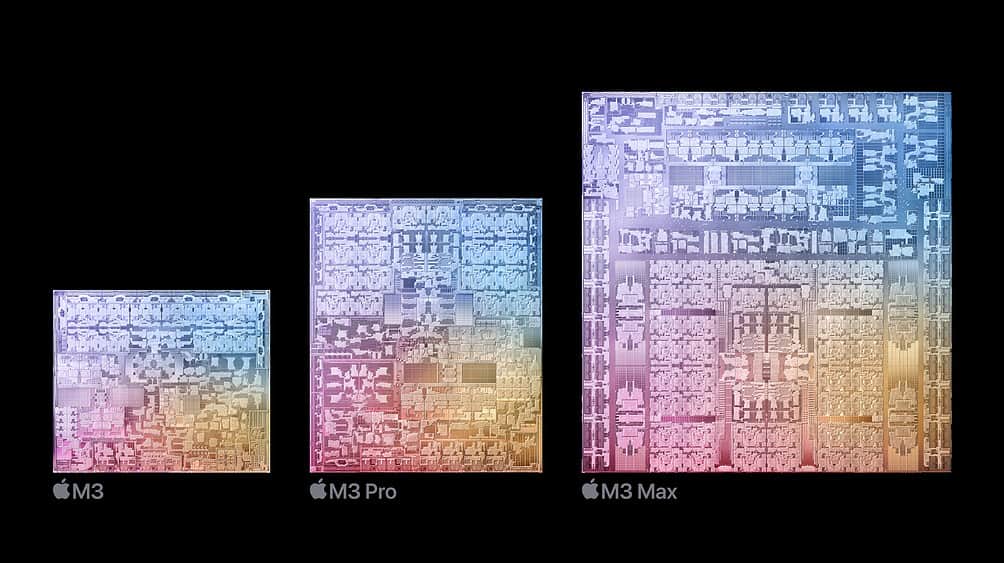
Next-generation GPU Architecture
One of the most significant enhancements in the M3 line is the introduction of a new GPU architecture. This includes advanced features such as dynamic caching, mesh shading, and hardware-accelerated ray tracing. These capabilities contribute to rendering speeds that are up to 2.5 times faster than those achieved by the previous M1 chips.
The M3 family also includes a central memory architecture that supports up to a staggering 128GB of memory. This offers high bandwidth, low latency, and energy efficiency, contributing further to the overall performance and versatility of the new MacBook Pro and iMac.
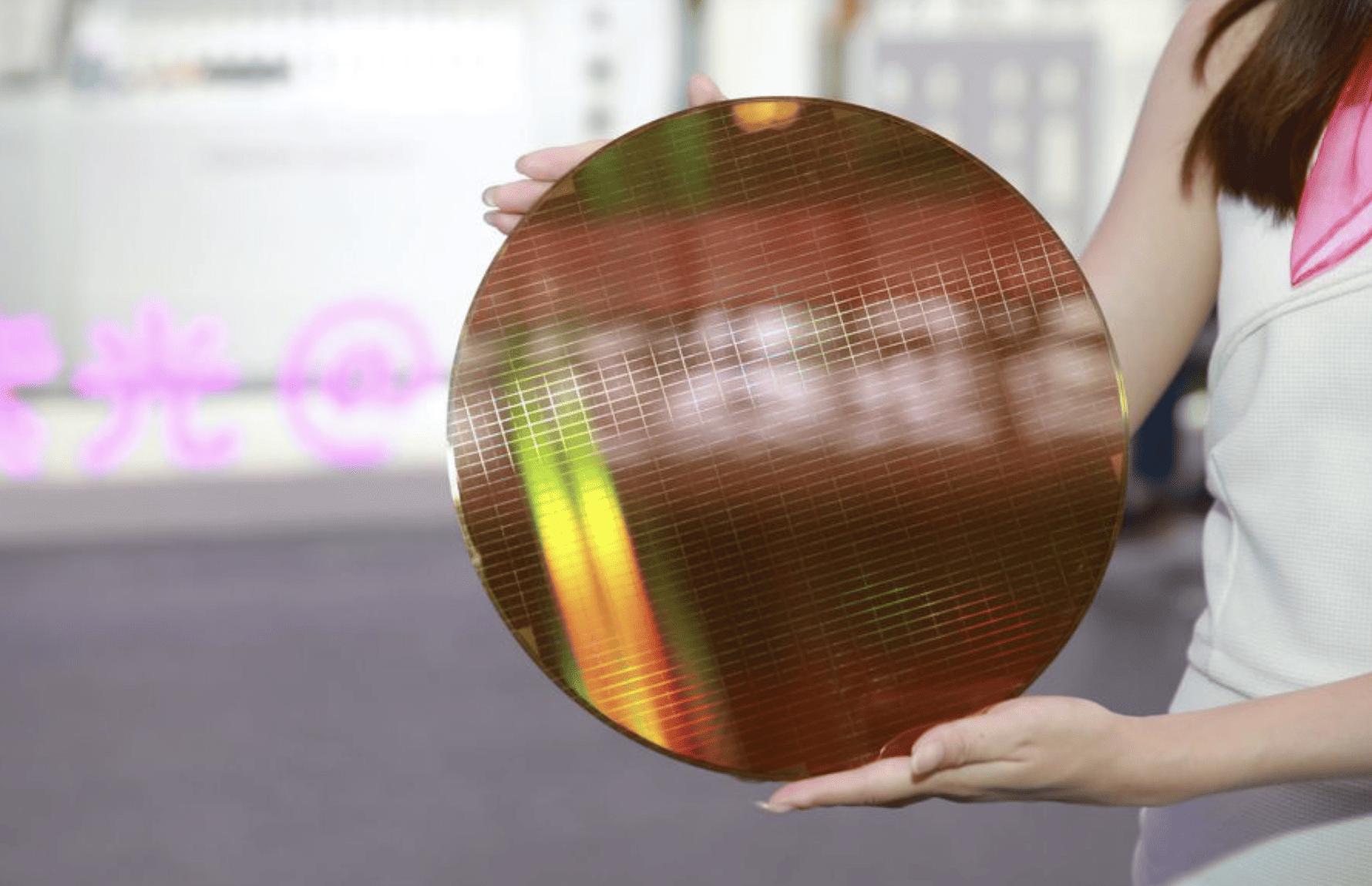
CPU and Neural Engine performance
Apple has not only focused on graphics performance with the M3 chips but also significantly improved the CPU. The M3 chips’ CPU performance cores are 30% faster, while the efficiency cores are 50% faster than those of the M1 chips, the company claims. This translates into a noticeably quicker, smoother, and more efficient user experience.
Moreover, the Neural Engine in the M3 chips has seen a substantial speed boost of 60%, enhancing AI and machine learning workflows. This development is a testament to Apple’s commitment to staying at the forefront of the rapidly evolving field of artificial intelligence.
Variants in the M3 line
The M3 chip series by Apple includes the M3, M3 Pro, and M3 Max variants, each offering different levels of performance and memory support to cater to a variety of user needs. For instance, the M3 Pro supports up to 36 GB of fast central memory, allowing the MacBook Pro to handle larger projects. On the other hand, the M3 Max supports up to 128 GB of fast central memory, enabling professionals to perform tasks that were previously not possible on a laptop.
All three chips in the M3 line feature the improved Neural Engine, accelerating AI and machine learning workflows. Additionally, they have an advanced media engine that supports hardware acceleration for popular video codecs, including H.264, HEVC, ProRes, and ProRes RAW, and now also supports AV1 decoding for energy-efficient streaming.
Carbon-neutral
Apple aims to have carbon-neutral chips in every Mac by 2030, demonstrating its dedication to creating products that not only deliver superior performance but also contribute to a sustainable future. The new generation of M3 chips, along with the new MacBook Pro and iMac, help Apple to optimize hardware and software for a better user experience.





